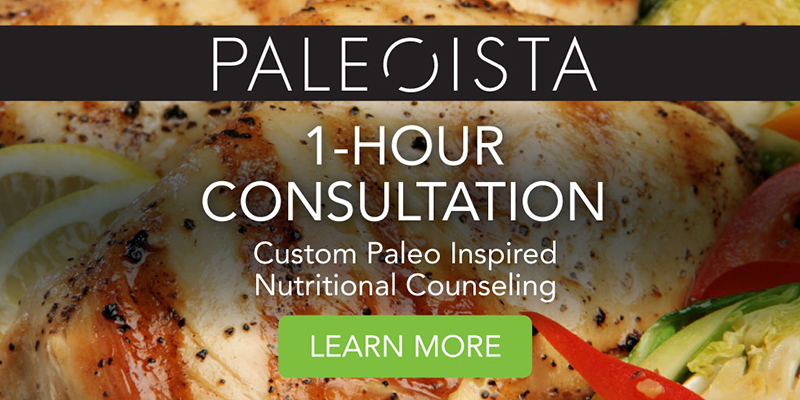Seafood’s Dirty Dozen – Taking the Fishy Out of Fish
We all know we should be eating wild salmon to get a good dose of healthy omega-3s. On the flipside, it’s common knowledge to limit the amount of canned tuna we consume to keep our mercury ingestion and sodium intake in check.
And then there’s also the “farmed fish issue” to consider. Do we really want to support an industry that relies on feeding fish other wild fish, fish meal, or fish oil, further depleting ocean stocks and non-carnivorous farmed fish GMO corn and soy? Studies show it takes more than five pounds of wild fish to grow one pound of farmed salmon!1 It’s bad for the fish, it’s bad for the environment, and it’s bad for us, making it a lose-lose-lose situation.
OK, so we should go with wild, fresh and local, not overdo the tuna and focus on fish high in omega-3s. But it doesn’t stop there.
We also have to do our research to figure out which fish are endangered versus rated sustainable. But how can we figure out which seafood fits into all the right categories? Granted, it’s not an easy task, but it’s of utmost importance.
It may appear to be time consuming to do our due diligence, but we cannot afford to not do it and, just as it may have taken some time to getting accustomed to sourcing your grass fed meat and local veggies, this too will become force of habit and take no longer time than writing out your shopping list!
One great resource is the Marine Stewardship Council. Their vision is “for the world’s oceans to be teeming with life, and seafood supplies safeguarded for this and future generations.” Further, their “credible standards for sustainable fishing and seafood traceability seek to increase the availability of certified sustainable seafood and the distinctive blue ecolabel makes it easy for everyone to take part.”2
Their website even has a an incredibly helpful list3 of safe seafood to eat, along with a link to find restaurants and shops near you which offer sustainable fish, making it even easier to select the best choices based on your locale. It’s as simple as point and click.
It was exploring this very topic that served to be the conduit to guide me along my eating choices from being vegan to Paleo, over the course of several years. Until you do your research, some seafood may appear to be in a grey area. So which fish and seafood species should you do your best to avoid?
The nonprofit group Food & Water Watch4 looked at all the varieties of fish species, how they were harvested, how certain species are farmed, and levels of toxic contaminants like mercury or PCBs in the fish, as well as how heavily local fishermen relied upon fisheries for their economic survival. Below is a listing of their findings.
12 FISH TO AVOID, NO MATTER WHAT
- Imported Catfish
- Caviar
- Atlantic Cod
- American Eel
- Imported Shrimp* (this holds the designation of being the dirtiest of the dirty dozen; and 90% of the shrimp here in the US are imported!)
- Atlantic Flatfish
- Farmed Salmon
- Imported King Crab
- Shark
- Orange Roughy
- Bluefin Tuna
- Chilean Sea Bass
With reasons to avoid ranging from illegal capture, being critically endangered, to coming from an environment high in pollutants or antibiotics, all of the above are a must-skip.5
What about the must-haves? Thanks to US News & Health,6 we can refer to the top healthiest for us, healthiest for our environment fish.
9 BEST FISH TO FEAST UPON
- Wild Alaskan Salmon
- Arctic Char
- Atlantic Mackerel
- Wild Sardines
- Wild Sablefish (Black Cod)
- Anchovies
- Rainbow Trout
- Albacore Tuna
- Pacific Halibut
Don’t forget about another route to take when sourcing your protein from the sea: lobster! Rated as an MSC Certified ‘Fish to Eat’, spiny or rock lobster has sweet and firm meat, and is an excellent, Paleoista approved source of protein.
Check out my recipe for Grilled Lobster with Garlic Basil Coconut Butter; a perfect pièce de résistance for a special occasion summer Paleo barbecue!
Need a source for lobster? Check out Get Maine Lobster.
REFERENCES
[1] Table, Sea To. “Is Farmed Fish Really the Answer?” The Huffington Post. TheHuffingtonPost.com, n.d. Web. 23 June 2015.
[2] https://www.msc.org
[3] MSC Certified ‘Fish to Eat'” —. N.p., n.d. Web. 23 June 2015
[4] “Food & Water Watch.” Food Water Watch General. N.p., n.d. Web. 23 June 2015.
[5] “12 Fish To Stay Away From.” Prevention. N.p., n.d. Web. 23 June 2015
[6] http://health.usnews.com/health-news/diet-fitness/slideshows/best-fish/2






